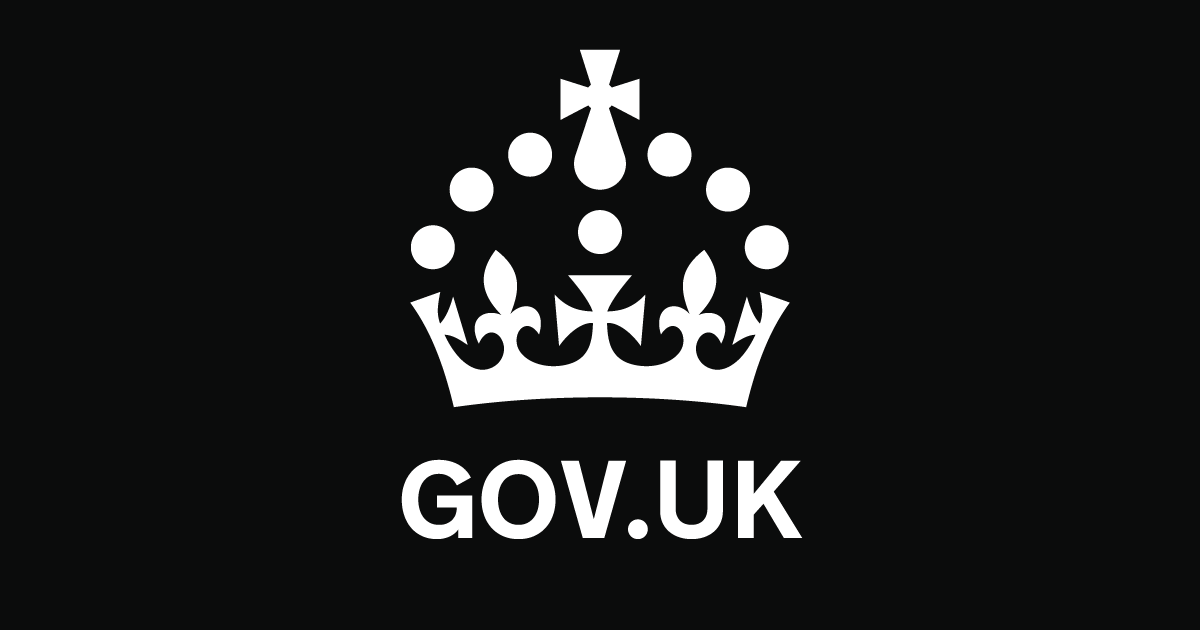Updated 14 July 2023
Applies to England
The UK Health Security Agency (UKHSA) is working with the Animal and Plant Health Agency (APHA), the Department for Environment, Food and Rural Affairs (Defra) and the public health agencies of the 4 nations to monitor the risk to human health of avian influenza (influenza A H5N1) in England. This briefing is produced to share data useful to other public health investigators and academic partners undertaking related work. It includes early evidence and preliminary analyses which may be subject to change.
Data reported in the technical briefing is as of 4 July 2023 (or as specified in the text) to allow time for analysis.
Summary
1.1 Surveillance update
As of 10 July 2023, 202 individuals were identified as having been within the biosecurity area on the 8 included sites. Of these, 144 (71%) participated in the surveillance programme. Participants include farm staff, staff involved in the culling operation, veterinarians and other health and safety staff. ...
1.2 Surveillance results
A total of 144 individuals have consented to participate; 83 (57.6%) staff directly involved in the culling operation, 30 (20.8%) farm staff, 11 (7.6%) veterinarians, and 20 (13.9%) others such as health and safety managers and volunteers.
Four human detections of influenza A(H5N1) clade 2.3.4.4b have been confirmed from 3 geographically distinct sites in 2023. Genomic analysis of all 4 detections are consistent with or confirmed as genotype AIV48. ...
Applies to England
The UK Health Security Agency (UKHSA) is working with the Animal and Plant Health Agency (APHA), the Department for Environment, Food and Rural Affairs (Defra) and the public health agencies of the 4 nations to monitor the risk to human health of avian influenza (influenza A H5N1) in England. This briefing is produced to share data useful to other public health investigators and academic partners undertaking related work. It includes early evidence and preliminary analyses which may be subject to change.
Data reported in the technical briefing is as of 4 July 2023 (or as specified in the text) to allow time for analysis.
Summary
- Detections of influenza in farmed poultry continue but remain at low levels compared to the last quarter of 2022. Wild bird detections continue to be geographically dispersed across England with a strong association with gull and tern species. The joint Defra and APHA assessment states that there continues to be a high level of influenza transmission in wild birds across the UK. No additional mammals have been received for testing since the last technical briefing.
- In March 2023, asymptomatic surveillance of people exposed to avian influenza commenced. By 10 July 2023, 144 individuals from 8 infected premises have been tested, of which 4 were positive (2.7% positivity). This represents 2 additional detections since the last technical briefing. Since 2021, there have been 5 human influenza A(H5N1) detections in the UK in total, including a detection in December 2021 in a surveillance pilot.
- The 2 new detections were in individuals exposed at 2 different premises to the previously reported detections. Detections are now associated with one backyard flock (2021), and 3 infected premises (2023 surveillance programme).
- Detections in the asymptomatic surveillance study are assessed for immediate public health action based on the timing of positivity related to exposure. The first new detection is difficult to interpret due to lack of information on sample timing and may be consistent with infection or contamination of the respiratory tract. The second new detection is likely to represent contamination. Precautionary contact tracing was undertaken.
- One partial viral sequence from first of the new detections, and one full viral sequence from the second of the new detections is available, but no viral sequences from birds on the linked infected premises are available to date. Both these human detection sequences are influenza A(H5N1) clade 2.3.4.4b and consistent with the UK genotype AIV48, also known as the A/gull/France/22P015977/2022-like genotype.
- Globally, since December 2021, 15 human detections of influenza A(H5N1) have been reported officially. Twelve of these cases are from clade 2.3.4.4b. This includes the 2 new detections in England since the last technical briefing. There is no evidence of human-to-human transmission from these cases.
- International surveillance of mammals varies but continues to show spill-over into mammalian species. Since the last technical briefing, there are reports of detections of influenza A(H5N1) in cats in Poland and of a continued sea lion die-off in South America. Genomes available show changes associated with mammalian adaptation in PB2. There is no evidence confirming sustained mammalian transmission. Detailed investigations and increased numbers of genomic sequences from such outbreaks and nearby avian infections would be informative.
- There is no evidence of human-to-human transmission from any detections and recent findings do not change the assessment of human health risk, which remains at level 3 (limited mammalian transmission, low confidence) as described in the previous technical briefing (see also the qualitative assessment on influenza A(H5N1) infections in non-avian UK wildlife from the multi-agency Human Animal Infections and Risk Surveillance (HAIRS) Group).
1.1 Surveillance update
As of 10 July 2023, 202 individuals were identified as having been within the biosecurity area on the 8 included sites. Of these, 144 (71%) participated in the surveillance programme. Participants include farm staff, staff involved in the culling operation, veterinarians and other health and safety staff. ...
1.2 Surveillance results
A total of 144 individuals have consented to participate; 83 (57.6%) staff directly involved in the culling operation, 30 (20.8%) farm staff, 11 (7.6%) veterinarians, and 20 (13.9%) others such as health and safety managers and volunteers.
Four human detections of influenza A(H5N1) clade 2.3.4.4b have been confirmed from 3 geographically distinct sites in 2023. Genomic analysis of all 4 detections are consistent with or confirmed as genotype AIV48. ...
